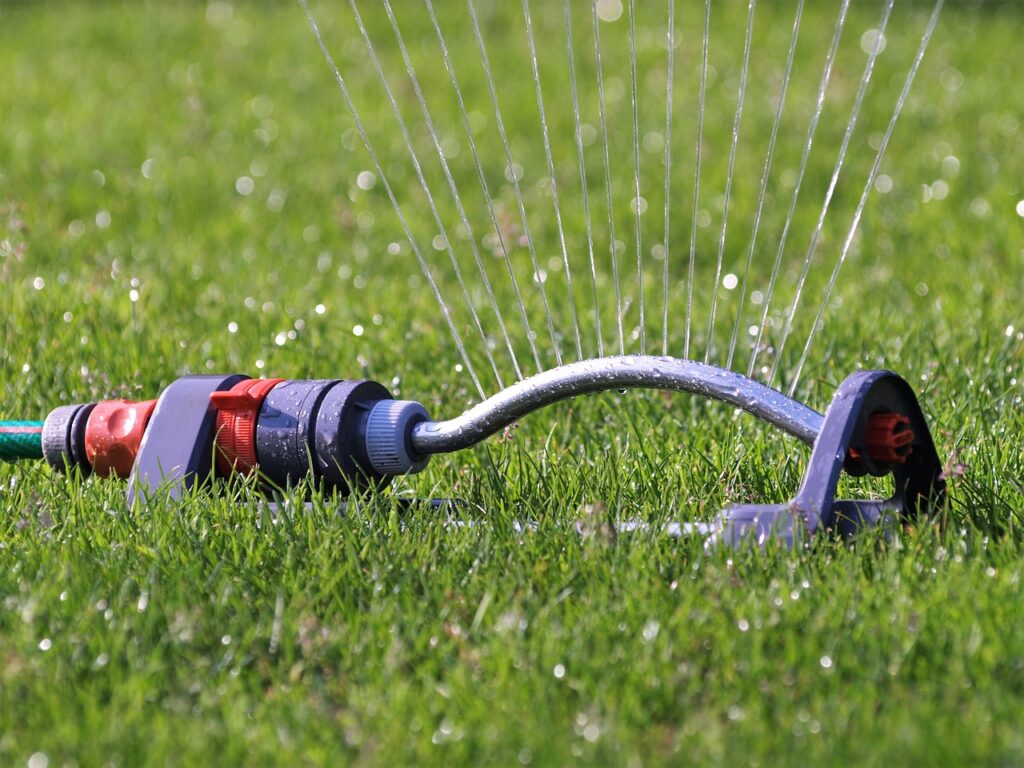So, you want a lush, green lawn to impress the neighbors, cushion your bare feet, or give your dog a reason to frolic like a lunatic? Growing grass from seed is the way to go! Sure, it’s a little more work than rolling out sod, but it’s cheaper, more satisfying, and—let’s face it—kind of magical to watch a patch of dirt transform into a carpet of greenery.
The secret to success? Soil preparation. Think of it like laying the foundation for a house—except this is way less stressful, and you won’t have to deal with contractors. Follow along, and we’ll break it down step by step.
Step 1: Check Out Your Soil (Get to Know Your Dirt)
Before tossing seeds around like confetti, take a moment to assess what’s going on beneath your feet.
1. Test Your Soil
Grab a soil test kit from the garden center or order one online. This isn’t just for science nerds—it tells you if your soil is missing important nutrients or if the pH is out of whack. Grass likes a slightly acidic to neutral pH, somewhere between 6.0 and 7.5.
- Too acidic? Add lime. (Not the margarita kind—though you’ve earned one for later.)
- Too alkaline? Sprinkle on some sulfur to balance things out.
2. Feel the Texture
Rub a little soil between your fingers. Is it…
- Sandy: It drains too fast, leaving your grass thirsty. Fix it by adding compost.
- Clay-heavy: It holds onto water like it’s gold, suffocating roots. Mix in sand or gypsum to loosen it up.
- Loamy: Perfect! Give yourself a high-five for winning the soil lottery. Don’t know what loamy means? Don’t worry, no one does, but the soil shouldn’t feel heavy or sandy. Instead, it should be somewhere in the middle. It will feel smoother than sandy soil and less sticky and heavy than clay-heavy soil.

3. Check for Compaction
Compacted soil is like trying to breathe through a straw—your grass won’t love it. Take a screwdriver and poke it into the ground. If it resists like a teenager on chore day, it’s time to aerate.
Step 2: Clear the Decks (Or, in This Case, the Dirt)
Time to declutter! A clean slate gives your seeds their best shot at thriving.
1. Evict Old Plants
Got weeds, old grass, or mystery plants taking up space? They’ve got to go. Yank them out, hoe them up, or, if you’re feeling a little ruthless, use a weed killer. Just remember, if you go the chemical route, wait a couple of weeks before seeding.
2. Toss Out the Junk
Rocks, sticks, random toys the dog buried—whatever’s in your dirt, get rid of it. Your grass doesn’t need competition.
3. Stop the Weeds
If weeds are the uninvited party crashers of your lawn dreams, consider applying a pre-emergent weed control. But be careful—some of these products can also keep your grass seeds from growing. Read the label like it’s a love letter.
Step 3: Give Your Soil a Makeover
Your dirt deserves to look and feel fabulous. Let’s dress it up with some goodies!
1. Butter that Soil with Compost
Organic matter like compost or aged manure is the secret sauce for happy soil. Spread a layer about 2-3 inches thick and mix it in. It’s like giving your soil a spa day.
2. Fertilize Like a Pro
Starter fertilizer is your new best friend. Look for one rich in phosphorus, which helps your seeds grow strong roots. Follow the instructions, because too much can fry your seeds (and nobody wants crispy grass).
3. Fix the Texture
Still dealing with sandy or clay-heavy soil? Add some amendments (fancy word for “stuff that makes soil better”) and till it into the top 6-8 inches. Your dirt will thank you.
Step 4: Smooth It Out
Let’s make this seedbed runway-ready.
1. Rough Grading
Fill in dips, flatten bumps, and make the area as even as possible. Think of your yard like a celebrity’s face and you are it’s plastic surgeon.
2. Fine Grading
Once the rough work is done, grab a rake and smooth everything out. Think of it like frosting a cake, but with fewer calories and more dirt under your nails.
3. Roll It, Baby
Use a lawn roller to gently press the soil down. This helps seeds stay in place while still leaving enough fluffiness for roots to dig in.
Step 5: Water and Chill
You’re almost there, but don’t rush it. Give the soil a little prep time.
1. Pre-Water
Lightly water the soil to make it damp but not soggy. Seeds love moist soil—it’s their version of a warm, comfy bed.
2. Let It Rest
Give the soil a few days to settle. During this time, it’ll even itself out naturally. Plus, you can catch up on your favorite gardening show while you wait.
3. Weed Check
Got new weeds popping up? Nip them in the bud before planting your seeds.
Step 6: Plant Your Grass Seed (Finally!)
It’s go time! Let’s get those seeds in the ground.
1. Pick the Right Grass
Choose a grass variety that fits your climate and lifestyle:
- Cool-season grasses (like fescue or bluegrass) are great for northern climates.
- Warm-season grasses (like Bermuda or zoysia) thrive in southern heat.
2. Spread It Evenly
Use a spreader for large areas or go old-school and toss the seeds by hand for small patches. Follow the recommended seeding rate on the bag—don’t go overboard unless you want overcrowded, cranky grass.
3. Cover It Up
Rake the soil lightly to cover the seeds with about 1/4 inch of soil. Then give it a gentle roll with your trusty lawn roller to lock them in place.
Step 7: Water, Wait, and Watch the Magic Happen
The hardest part is done. Now it’s all about keeping those seeds happy.

1. Keep It Moist
Water lightly 1-2 times a day so the soil stays damp. Once the grass sprouts, you can scale back to longer, deeper watering sessions a few times a week.
2. Hands Off
Avoid walking on your new lawn until the grass is tall enough to mow. Treat it like a museum exhibit: look but don’t touch.
3. Feed the Grass
Once your baby grass reaches about 2 inches tall, give it another dose of starter fertilizer to keep it growing strong.
Common Mistakes (And How to Avoid Them)
- Skipping the soil test: It’s like trying to bake without a recipe—you need to know what your soil needs.
- Overwatering: Drowning seeds is not the vibe. Keep it light and consistent.
- Using cheap seeds: Bargain-bin seeds often mean sparse, patchy grass. Invest in quality!
- Ignoring weeds: Don’t let the villains take over your lawn party.
The Bottom Line
Growing grass from seed might take a little effort, but with proper soil prep and care, you’ll be rewarded with a lawn that’s the envy of the block. So, grab your rake, channel your inner landscaper, and get ready to transform that patch of dirt into a gorgeous green oasis. Cheers to your soon-to-be stunning lawn!
